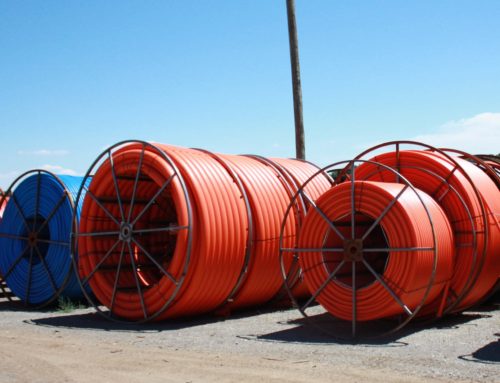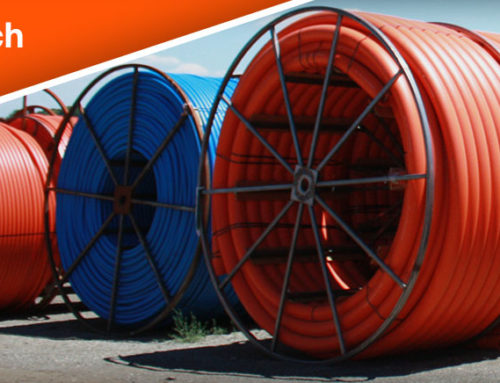In the material world of 75 years ago, there were almost no plastics visible; in the material world of today, plastics are everywhere. So we can assume that because the demand for plastics is so robust, the future of plastics manufacturing is secure.
And we would not be wrong about that, but change is also a constant, and there are many changes underway already in the field, and still more ahead.
Some of these changes are flashy and futuristic. 3D printing has captured the public’s imagination because it sounds ultra-modern (the term “additive manufacturing” just doesn’t have the same kick). Beyond all the media headlines, though, plenty of work remains to be done to refine 3D printing techniques so that the objects fabricated are competitive with those made by traditional techniques. Inevitably, this will require some combining of the old and new processes. That may not get the same headlines, but it represents the real progress.
Advances in high-performance plastics such as nanocomposites are exciting, too, and represent major opportunities within particular niche markets. These specialized plastics will never have the ubiquity of PET, PVC, polypropylene, and polystyrene, but offer potentially high profits.
Those more common plastics face their own challenges. On the one hand, petrobased polymers are and will continue to be sensitive to changes in oil and natural gas production, including pricing variations and possible future shortages. On the other hand, the enviable stability of these plastics is coming in for increasing criticism because they don’t biodegrade and they don’t go away. Everyone has seen footage of plastics-heavy ocean garbage and knows the effects this can have on marine life.
So a real cutting edge is research into bioplastics which can be engineered to last while they need to and to “disappear” when they don’t. In addition to all the other advantages these new plastics could bring, they offer a public relations benefit to an industry that could use one. “Friendly plastics”!
At the mundane level, a lot of this work, both R&D and actual manufacturing, is going to happen domestically within the U.S., because some of the advantages of going offshore are drying up. Labor costs are rising internationally; shipping costs are rising. Since manufacturing facilities are increasingly automated, it can make good sense to keep them right under your nose, and certainly it is easier to monitor quality that way.
These trends, along with others, will shape the plastics industry that will exist a quarter-century from now.





